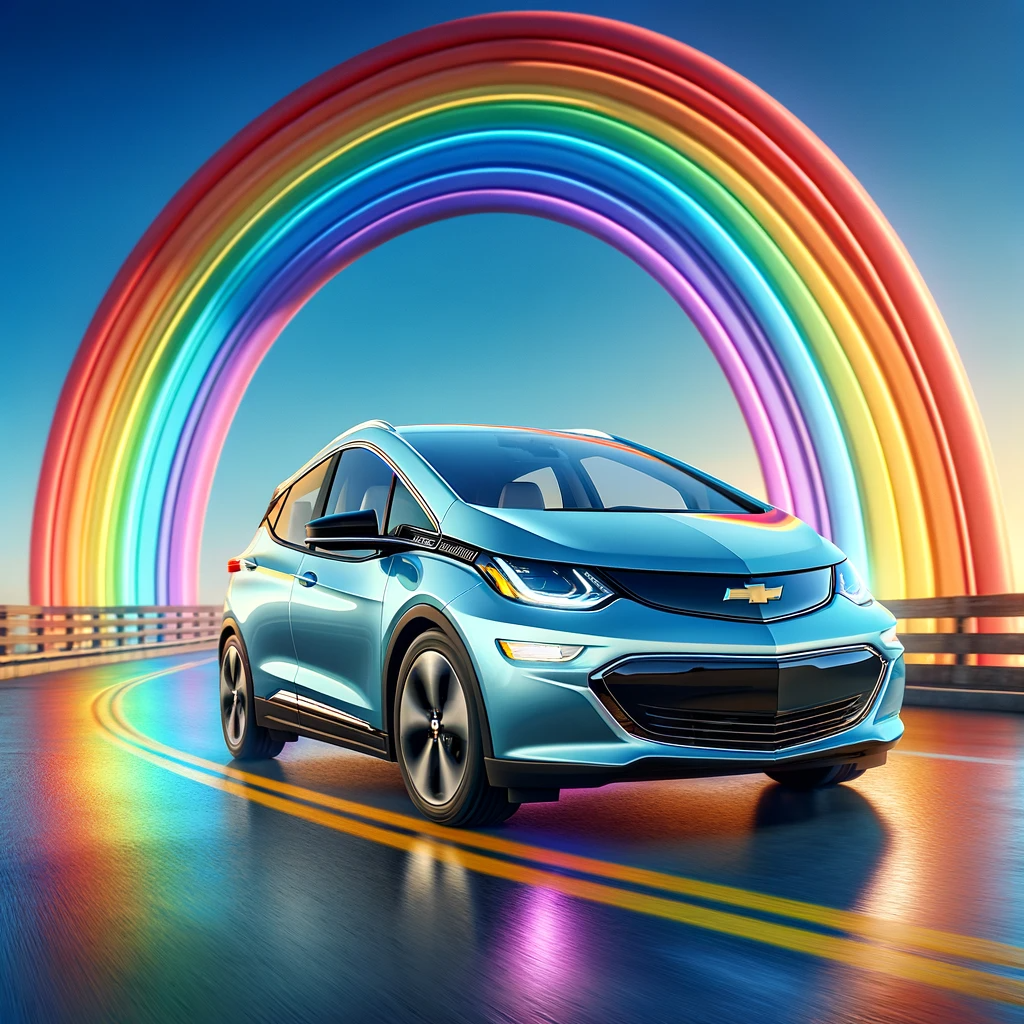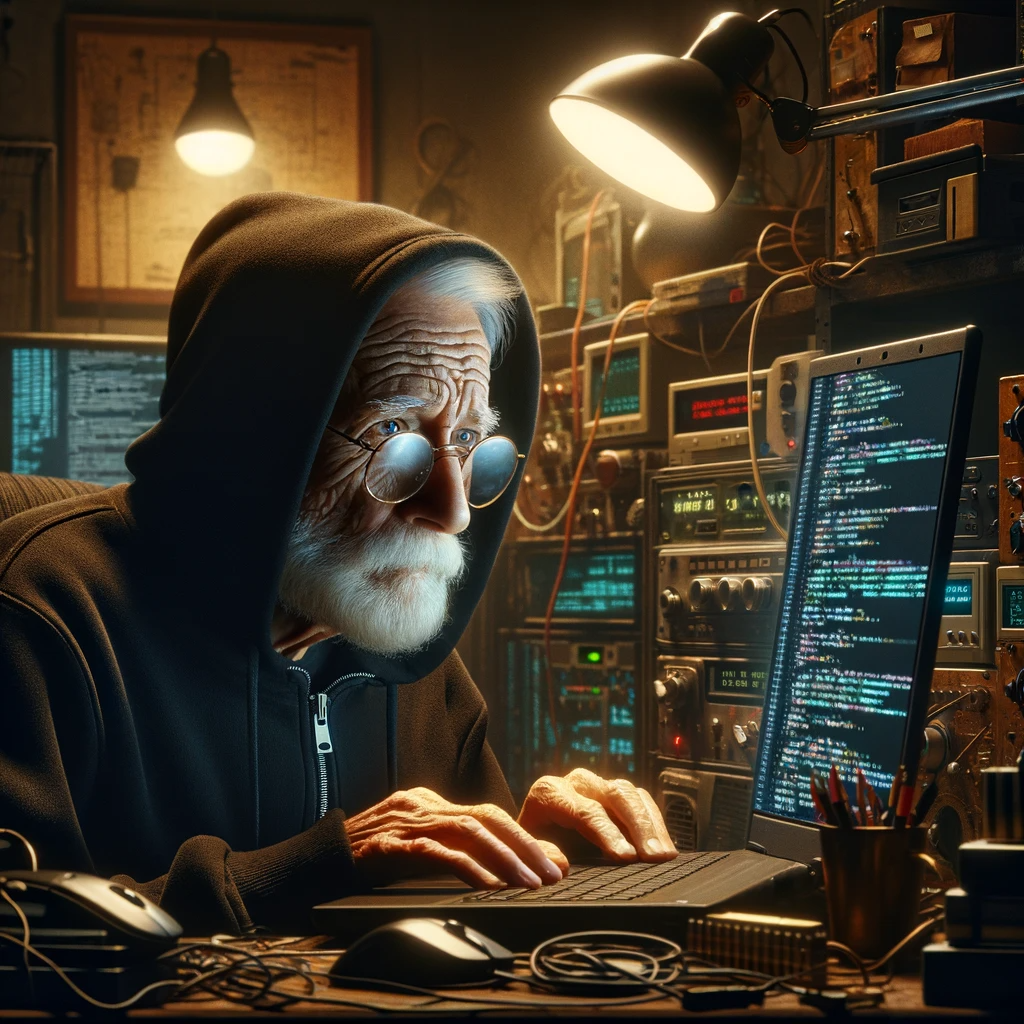
I got my drivers license at 17, on the third attempt, but I never owned a car in the UK since I always biked or took public transport to work. When I was 25 I moved to Los Angeles, so I had to become a car owner for the first time. I wasn’t looking for anything fancy, and so I bought an extremely used 1989 Honda Civic for $2,000 which I drove for years down the 405 on my 90-minute commute from Simi Valley to Santa Monica, before eventually upgrading to the cheapest new car I could find, a Ford Focus, once the Civic became impossible to fix. I drove that across to Colorado and back multiple times before moving to San Francisco and happily selling it. I would bike or Muni to my startup in SoMa, and then once Jetpac was acquired by Google, I’d catch the company bus to Mountain View most days. I was far from car-free, I used Joanne’s vehicle to get groceries or run other errands, but I was able to avoid driving for the bulk of my travel.
All of this is to say that I am definitely not a Car Guy. My brother is, and I admired the hard work he put into hand-restoring a Carmen Ghia, but cars have always left me cold. Growing up I also paid far too much attention to terrifying PSAs about the dangers of car crashes, so I’ve got a lasting fear of hurting someone while I’m driving. Controlling a ton of metal speeding at 70MPH using only our human senses still feels like a crazy idea, so I do my best to be very alert, drive defensively, and generally err on the side of caution. I’ve been the butt of “Driving Miss Daisy” jokes from friends, and I usually finish last at go-kart outings, but (knock on wood) I’ve still got a clean record thirty years after I first got my license.
That’s why I’m so surprised at how much I enjoy the Chevy Bolt I bought last year. After I left Google it made sense to still have our startup offices in Mountain View since many of the team were Xooglers too, but with no Google Bus available I started to use Joanne’s car more, especially when I needed to go to Stanford too. This became tricky because we needed transport during the day for the dogs, and while I tried Caltrain it just took too long and it was tricky for me to get to and from the nearest stations. I resigned myself to the inconvenience of owning a car again, and hoped I might at least find a plugin hybrid, but when I started searching I was impressed at how many pure electric vehicles were available. I didn’t want to support Musk (I’m genuinely worried that he’s on a Tony Hsieh-esque tailspin) but even without Tesla there were a lot of options. After researching online, it became clear that the Chevy Bolt EV was a good fit for what I needed. It had over 200 miles of range, plenty for my 40 mile each-way commute, and had just gone through a major recall for battery fires, which as an engineer ironically reassured me, since I expected there would be a lot of scrutiny of all the safety systems after that! I wasn’t expecting to pick a Chevrolet since I associate them more with trucks and cheap rental cars, but the price, features, reviews, and reliability ratings ended up convincing me.
I went in person at Stevens Creek Chevrolet to make the purchase. I’m not a fan of the US’s weird government-protected dealership setup, and the process included a bogus-but-obligatory $995 markup masquerading as a security device, but the staff were pleasant enough and after a couple of hours I was able to drive off the lot with a new Bolt EUV for around $35,000. One new experience was having to set up all the required online accounts, even as a tech professional this was a bit daunting.
Since then I’ve driven almost 15,000 miles and for the first time in my life I feel excited about owning a car. I actually like Chevrolet’s software, which is not perfect but it does function surprisingly well. I do rely heavily on Android Auto though, so GM’s decision to ditch this for future models makes me nervous. I’d never even owned a car with a reversing camera, so this alone was a big upgrade. What really makes it shine are the safety features. Audio alerts for oncoming cars when I’m reversing, even before they’re visible, driver assist for emergency braking, visual alerts for blindspot lurkers, and a smart rearview mirror that reduces glare all help me be a better driver.
I also love home charging. So far I’ve only used the Bolt for commuting and similar trips in the Bay Area, we still have Joanne’s old ICE VW Golf for longer journeys, so I’ve not had to use a public charger. Once we had the Level 2 charger installed (free of charge, as part of the purchase) I was able to get to 100% in just a few hours, so I just leave it plugged in overnight and leave every morning with a full charge. I still have range anxiety about longer trips, especially since the biggest drawback with the Bolt is that it doesn’t offer very speedy charges on Level 3 stations, but my schedule has prevented me from doing those anyway so it hasn’t been an issue so far.
I have to admit that the Bolt is a lot of fun to drive too. You just press the pedal and it accelerates! This sounds simple, but even an automatic transmission gas car now feels clunky to me, after the smoothness and responsiveness of an electric motor. It steers nicely as well, though for some reason I have clipped the curb with my back tire a couple of times, which is a bigger problem than you might expect since there’s no spare tire and any changes require a visit to a dealership. The dogs also love curling up on the heated seats.
Electric vehicles aren’t enough by themselves to solve our climate and congestion issues, I would still love to have better public transport infrastructure, but they are part of the solution. Since I’m on SF’s 100% renewable energy electricity plan I do feel good about reducing my environmental impact as well as minimizing our reliance on the horrific foreign regimes that are propped up by oil exports. I’m also lucky that I have a garage that I can use to recharge my vehicle, it wouldn’t have been possible in most of the places I live, and I’m glad that I could afford a new vehicle. Unfortunately you can’t buy the same model I purchased, since GM discontinued-then-recontinued the Bolt, but what’s most impressed me is that many mainstream brands now offer excellent electric-only cars. If you’re interested in an electric vehicle, but aren’t sure you want to take the plunge, I hope this post will at least give you some reassurance that the technology is now pretty mature. Take it from me, I don’t easily get excited about a car, but my Bolt is one of the best purchases I’ve ever made!
